When you're in the market for a gaming PC, you're faced with several options. You could opt for a mass-produced prebuilt gaming PC from well-known brands like Alienware, or you might consider investing in a high-end boutique build. The Origin Millennium strikes a balance between these extremes. It's undeniably a top-tier gaming system, yet it doesn't feature the avant-garde design elements you'd find in models from Maingear or Falcon Northwest.
The Origin Millennium offers a robust, custom-ordered gaming rig with standard components. It's the kind of system you could build yourself, but without the hassle of managing cable routes. And yes, you might find yourself lugging a hefty wooden crate up to your apartment, as I did.
Purchasing Guide
The Origin Millennium starts at $2,788, but at this price point, you're looking at a basic setup with an Intel Core i5-14600K and no dedicated graphics card—not a great deal. However, you can tailor the system on Origin's website with a wide range of components. Just remember, the more powerful the system, the higher the cost.
Origin Millennium – Photos
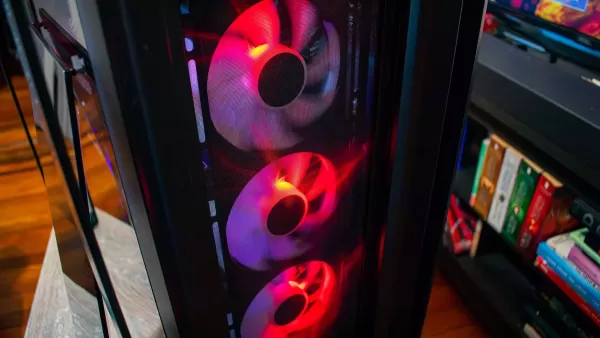
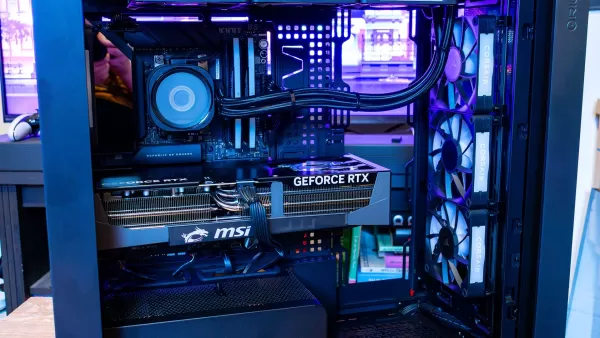 View 8 Images
View 8 Images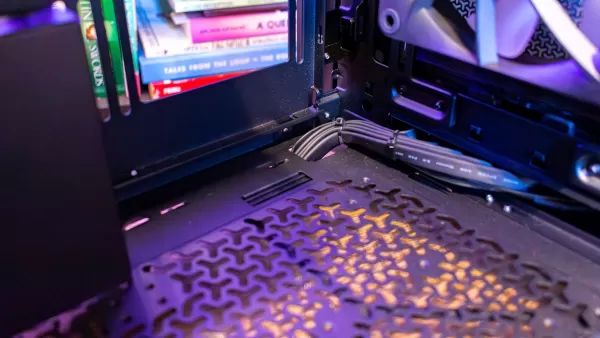
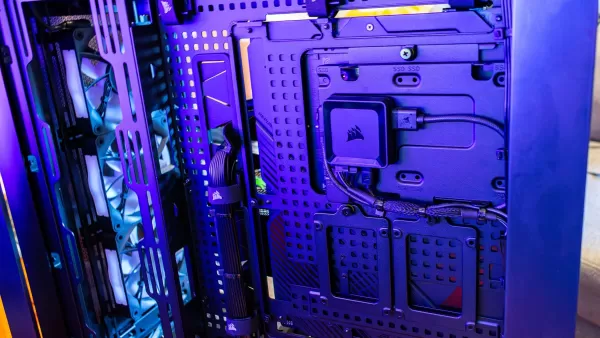
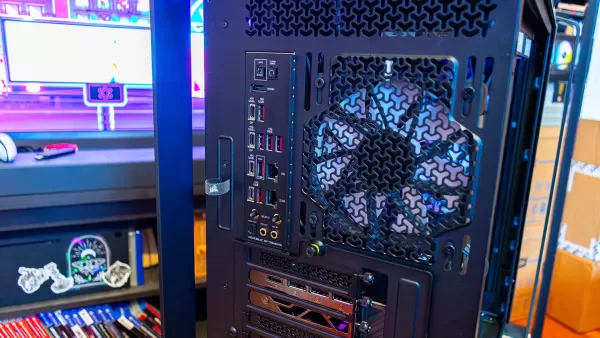
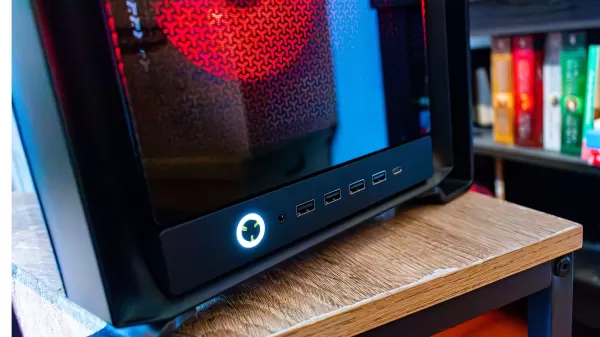
Design and Features
The Origin Millennium is a substantial piece of hardware, housed in a full-tower ATX case. Origin has added steel bars to all four corners, making it even more imposing. The case alone weighs 33 pounds, and that's before you add high-end components like the MSI RTX 5090 Gaming Trio, a power supply, and a 360mm AIO. Coupled with the wooden crate it arrives in, you might need assistance getting this beast up to a third-floor apartment.
The metal bars pose a unique challenge when accessing the system. While the configuration I received won't need upgrades for years, occasional maintenance is necessary. The metal bar on the back left corner can obstruct the smooth removal of the glass side panel. When I first opened the system to remove a styrofoam insert, the glass panel hit the metal bar, causing a wince-worthy moment.
Admittedly, the metal bars can be removed with allen bolts, but this adds unnecessary steps to accessing a high-end gaming PC. Once inside, however, the build is impressively spacious. Even with a massive 14-inch graphics card, there's ample room, ensuring excellent airflow. Origin's cable management is exemplary, with cables neatly arranged behind the motherboard tray and routed through grommets to their destinations.
An odd choice in cable management is the routing of the front 120mm fan wires and front panel connectors underneath the system. This creates a large bundle of wires outside the computer. While it contributes to a cleaner internal look, it raises concerns about potential snags or damage.
When configuring the system, you can choose to have the front ports and power button on the top or bottom. The model I reviewed had them on the bottom, ideal for desk setups. However, having the option to mount them on top is great for those placing the PC in a living room or under a desk.
The front panel boasts four USB-A and one USB-C port, which is sufficient. The back of the system, equipped with the Asus ROG Crosshair X870E Hero motherboard, offers four USB-C ports, six USB-A ports, two Ethernet ports, and an HDMI port for onboard graphics. The RTX 5090 adds three DisplayPort and one HDMI, which is typical for Blackwell GPUs.
All in the Configuration
While the reviewed configuration is overkill for most, Origin PC allows you to customize your system to your needs. Spending $7,241 on this high-end setup ensures a system that will last for years, but it's not necessary for everyone.
A more balanced configuration might include an AMD Ryzen 5 9600X, 32GB of RAM, and an AMD Radeon RX 9070 XT, which still supports 4K gaming at a more reasonable $3,392. This is still a premium for a gaming PC, but it's part of the territory for this level of rig.
Building the mid-range version yourself would cost around $2,397, even with the inflated price of the RX 9070 XT. That's about a thousand dollars less than Origin's price, which includes assembly. For the high-end configuration reviewed, you could assemble it for about $6,506 using off-the-shelf parts on PCPartPicker at the time of writing.
Paying a premium for assembly might seem steep, but Origin offers more than just construction. Alongside the standard one-year warranty, they provide lifetime support, allowing you to reach out for free assistance on any future issues. Origin will even upgrade your system for free if you cover the cost of the new parts.
The unique wooden crate adds to the shipping cost but ensures the safest possible delivery of a desktop PC. Just be prepared for its weight.
Whether the extra cost is justified depends on your comfort with building and maintaining a PC and the time you're willing to invest. Origin's excellent cable management is a significant plus.
Performance
The Origin Millennium I tested, equipped with an Nvidia GeForce RTX 5090, an AMD Ryzen 7 9800X3D, and 64GB of RAM, is a powerhouse. Given the investment, it should be.
At 4K resolution, nearly every game exceeded 100 fps without frame generation. Only two games fell short: Assassins Creed Shadows at 75 fps and Metro Exodus at 97 fps. The latter's performance is expected, given it's a ray-traced workload tested without upscaling, as it supports only an older version of DLSS.
For Assassins Creed Shadows, 75 fps is a solid baseline, making the game highly playable. Enabling frame generation increases the frame rate to 132 fps but also raises latency to 42ms from 33ms. While this is a significant increase, it's generally unnoticeable, especially in single-player games.
Cyberpunk 2077 showed similar results. With Ray Tracing Ultra and DLSS set to performance mode, the system delivered 127 fps at 23ms latency without frame generation. Activating 4x Multi-Frame Generation boosted the frame rate to 373 fps, with latency rising only to 28ms, exceeding the capabilities of my 240Hz monitor.
Even without frame generation, achieving 127 fps in Cyberpunk 2077 is impressive. With this configuration, there's no need to compromise on image quality for any game currently available.






